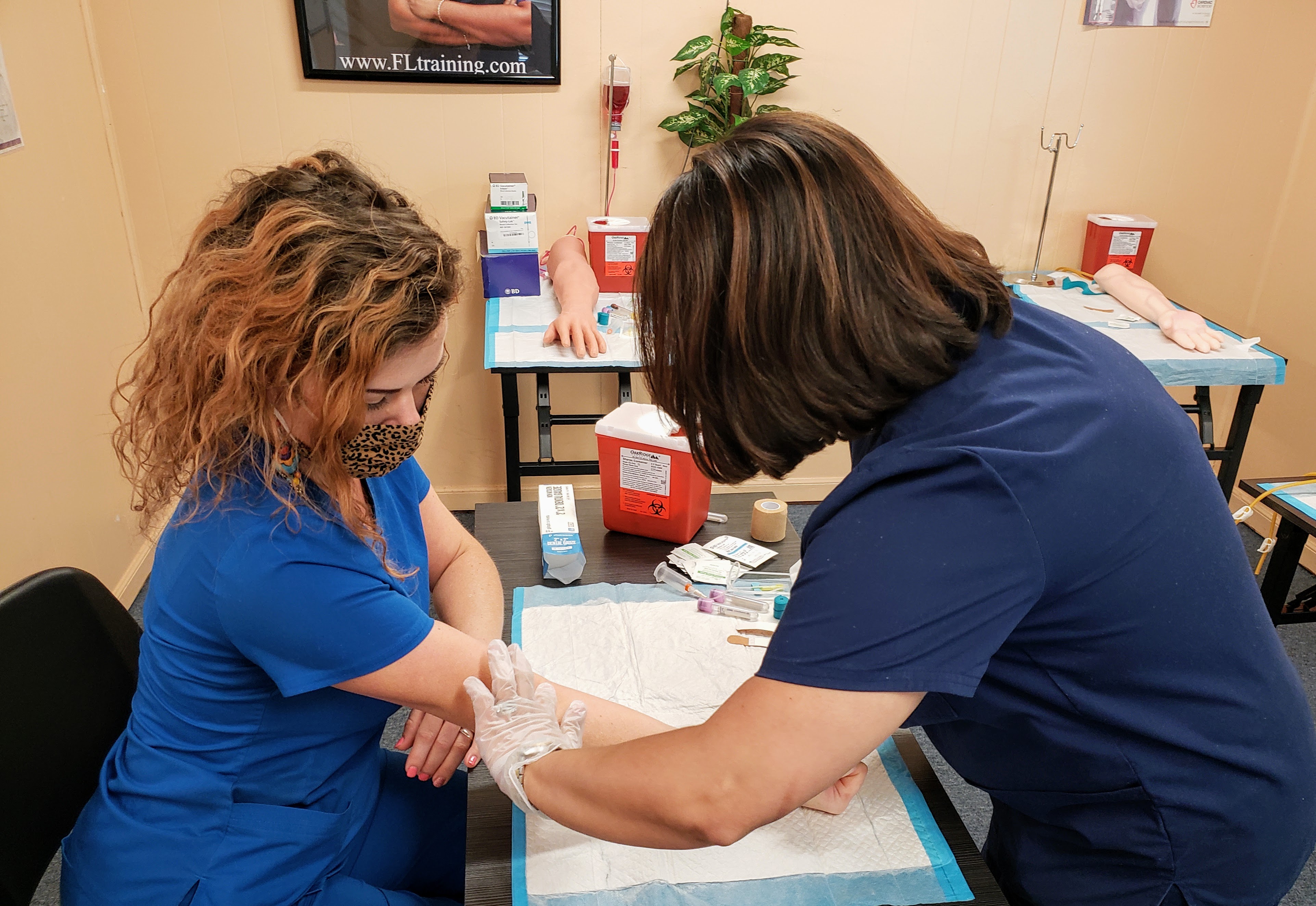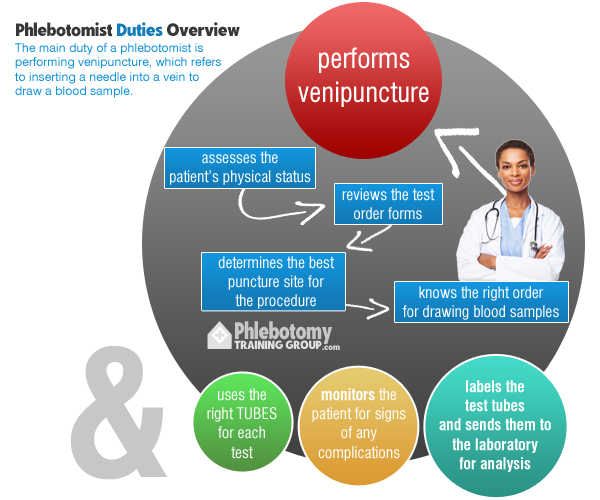The 20-Second Trick For Northeast Medical Institute - New Haven Campus Phlebotomy Course & Cna Class
The 20-Second Trick For Northeast Medical Institute - New Haven Campus Phlebotomy Course & Cna Class
Blog Article
Some Of Northeast Medical Institute - New Haven Campus Phlebotomy Course & Cna Class
Table of ContentsThe 8-Minute Rule for Northeast Medical Institute - New Haven Campus Phlebotomy Course & Cna ClassThe 10-Minute Rule for Northeast Medical Institute - New Haven Campus Phlebotomy Course & Cna ClassThe 30-Second Trick For Northeast Medical Institute - New Haven Campus Phlebotomy Course & Cna ClassOur Northeast Medical Institute - New Haven Campus Phlebotomy Course & Cna Class IdeasAn Unbiased View of Northeast Medical Institute - New Haven Campus Phlebotomy Course & Cna ClassThe Ultimate Guide To Northeast Medical Institute - New Haven Campus Phlebotomy Course & Cna Class
However, using such devices must be come with by various other infection avoidance and control techniques, and training in their usage. Not all safety devices are appropriate to phlebotomy. Before selecting a safety-engineered device, users should completely explore available devices to establish their appropriate usage, compatibility with existing phlebotomy methods, and efficiency in securing staff and individuals (12, 33).For setups with reduced resources, price is a motoring aspect in purchase of safety-engineered devices. Where safety-engineered tools are not readily available, skilled usage of a needle and syringe is appropriate.
Among the crucial markers of quality of care in phlebotomy is the participation and teamwork of the person; this is equally helpful to both the health and wellness worker and the individual. Clear information either composed or spoken should be offered to each person that undergoes phlebotomy. Annex F supplies example text for clarifying the blood-sampling procedure to an individual. labelling); transport problems; analysis of results for medical administration. In an outpatient division or center, provide a specialized phlebotomy work area containing: a tidy surface with 2 chairs (one for the phlebotomist and the various other for the person); a hand clean container with soap, running water and paper towels; alcohol hand rub. In the blood-sampling area for an outpatient division or facility, give a comfy reclining sofa with an arm remainder.
The Definitive Guide for Northeast Medical Institute - New Haven Campus Phlebotomy Course & Cna Class
Make certain that the indicators for blood sampling are clearly defined, either in a written protocol or in documented directions (e.g. in a lab form). Whatsoever times, adhere to the approaches for infection prevention and control noted in Table 2.2. Infection avoidance and control methods. Accumulate all the equipment needed for the treatment and area it within safe and easy reach on a tray or trolley, ensuring that all the products are plainly visible.
Where the patient is adult and mindful, adhere to the steps detailed below. Introduce yourself to the individual, and ask the patient to state their full name. Inspect that the lab kind matches the client's identity (i.e. match the client's information with the research laboratory form, to guarantee precise recognition). Ask whether the license has allergic reactions, anxieties or has actually ever fainted during previous injections or blood attracts.
Make the individual comfy in a supine setting (if feasible). Location a clean paper or towel under the person's arm. Discuss the examination to be performed (see Annex F) and obtain verbal consent. The person has a right to reject an examination at any moment before the blood sampling, so it is necessary to ensure that the individual has actually recognized the treatment.
Some Known Incorrect Statements About Northeast Medical Institute - New Haven Campus Phlebotomy Course & Cna Class
Prolong the client's arm and evaluate the antecubital fossa or lower arm. Locate a capillary of a great size that is visible, straight and clear. The layout in Area 2.3, shows usual placements of the vessels, yet lots of variations are possible. The average cubital blood vessel exists between muscular tissues and is usually the most simple to penetrate.
DO NOT insert the needle where veins are diverting, since this boosts the chance of a haematoma. Locating the vein will help in identifying the appropriate size of needle.
Specimens from main lines carry this article a risk of contamination or incorrect lab examination results. It is appropriate, however not perfect, to attract blood samplings when first presenting an in-dwelling venous device, prior to connecting the cannula to the intravenous liquids.
Indicators on Northeast Medical Institute - New Haven Campus Phlebotomy Course & Cna Class You Need To Know
Permit the location to dry. Failing to allow enough call time boosts the danger of contamination. DO NOT touch the cleaned up site; particularly, DO NOT position a finger over the blood vessel to direct the shaft of the revealed needle. It the website is touched, repeat the sanitation. Perform venepuncture as follows.
Ask the client to create a fist so the veins are a lot more noticeable. Go into the capillary swiftly at a 30 level angle or much less, and remain to present the needle along the blood vessel at the easiest angle of access - CNA Courses. When enough blood has been accumulated, launch the tourniquet prior to withdrawing the needle
What Does Northeast Medical Institute - New Haven Campus Phlebotomy Course & Cna Class Mean?
Withdraw the needle gently and use mild pressure to the website with a tidy gauze or dry cotton-wool sphere. Ask the client to hold the gauze or cotton woollen in place, with the arm extended and elevated. Ask the individual NOT to flex the arm, since doing so creates a haematoma.

Northeast Medical Institute - New Haven Campus Phlebotomy Course & Cna Class for Dummies
Where possible, keep the tubes in a shelf and move the rack in the direction of you - https://www.domestika.org/en/gordonmarvin28. If the sample tube does not have a rubber stopper, infuse exceptionally slowly right into the tube as minimizing the stress and rate made use of to move the sampling minimizes the risk of haemolysis.

Report this page